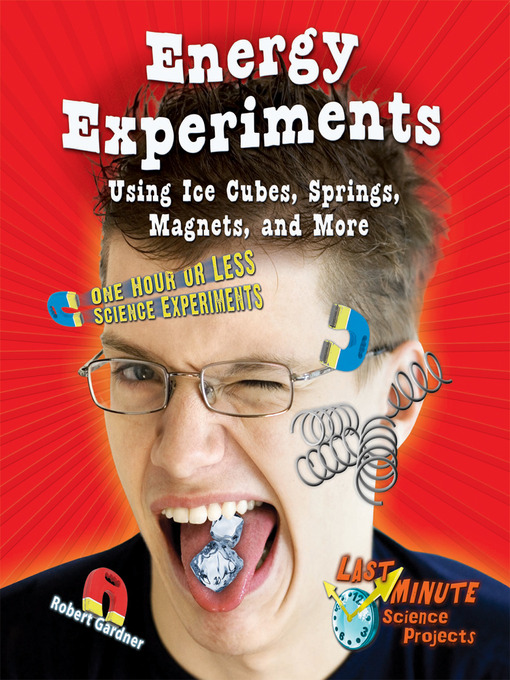No energy to spare? This title in the LAST-MINUTE SCIENCE PROJECTS series is here to help. Discover how much energy is stored in a spring, and how to transfer energy. Each experiment follows the scientific method, and can be completed in an hour or less. Many experiments also include ideas for more detailed science fair projects.
- Available now
- New eBook additions
- New kids additions
- New teen additions
- Most popular
- Try something different
- See all ebooks collections
- Available now
- Books to Movies on Audio
- New audiobook additions
- New kids additions
- New teen additions
- Most popular
- Try something different
- Thrilling Listens
- Road Trip!
- Always Available Audiobooks
- See all audiobooks collections



